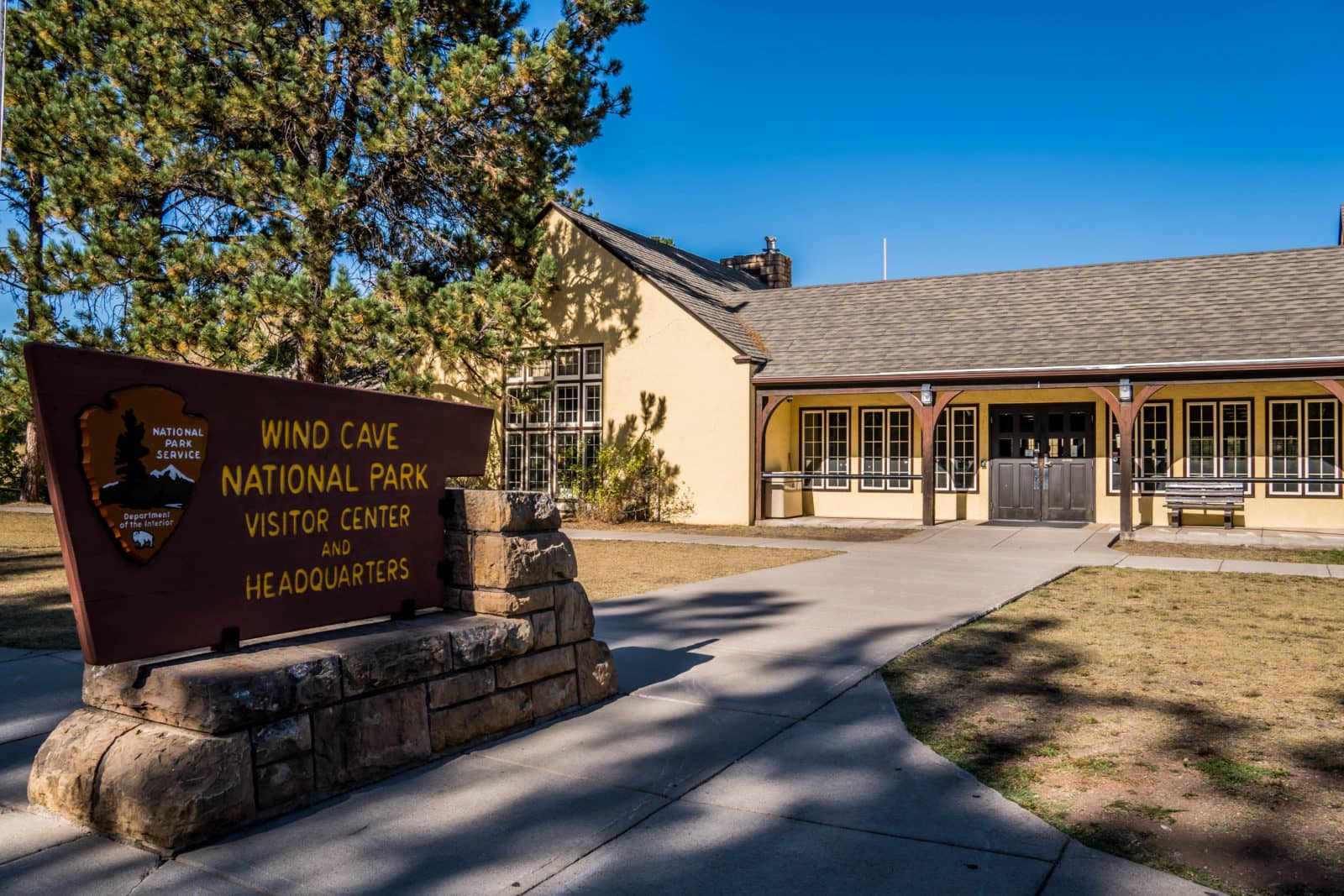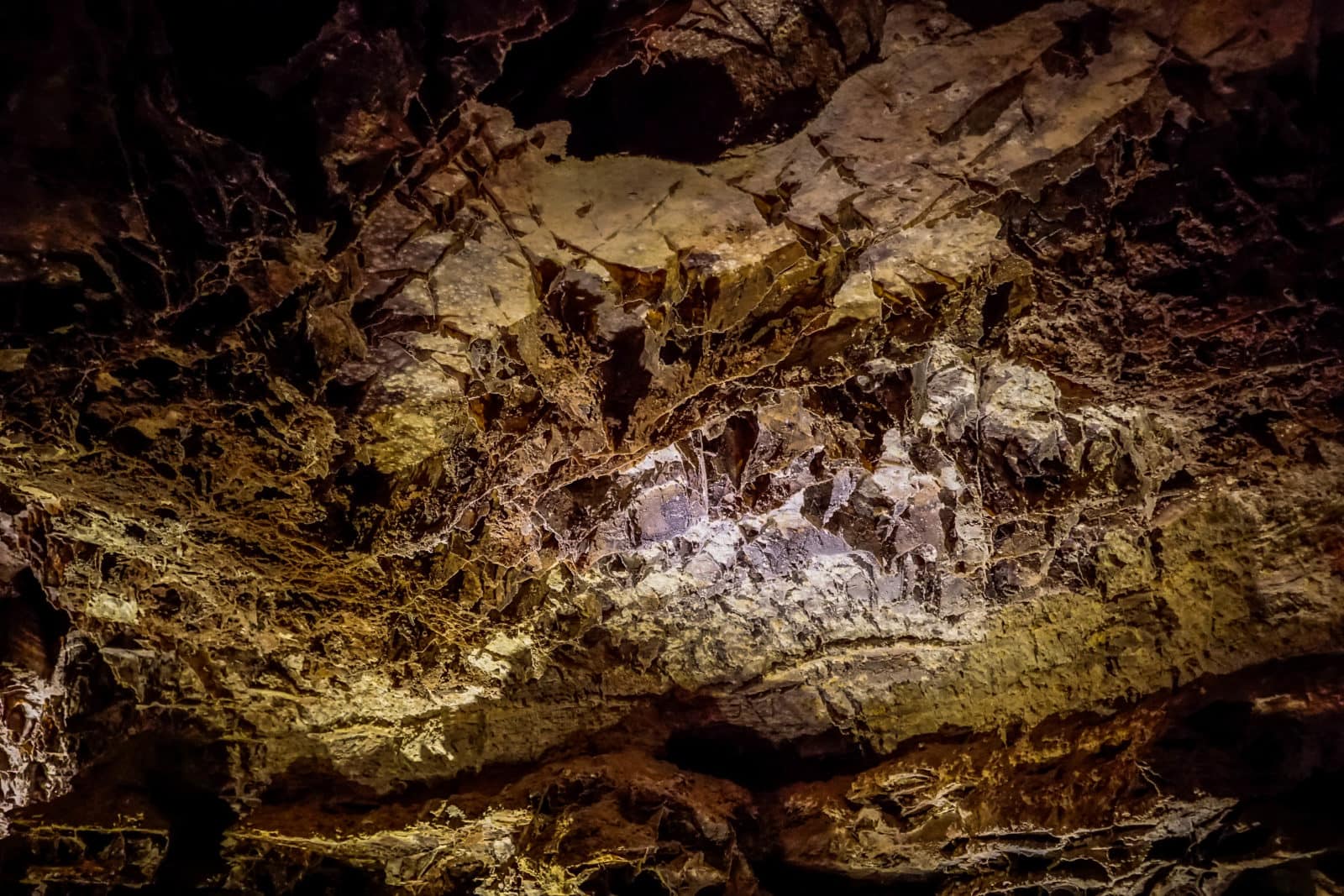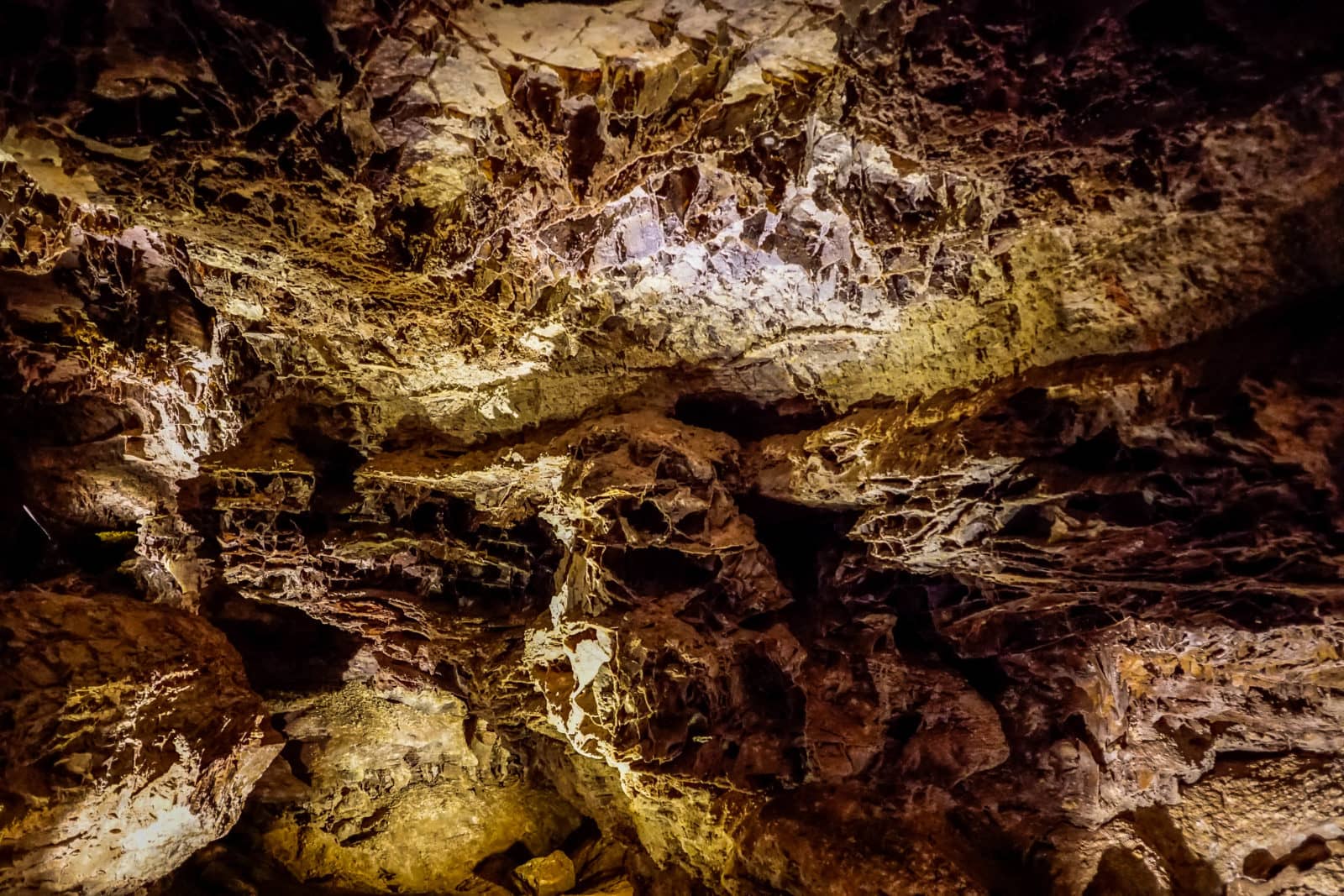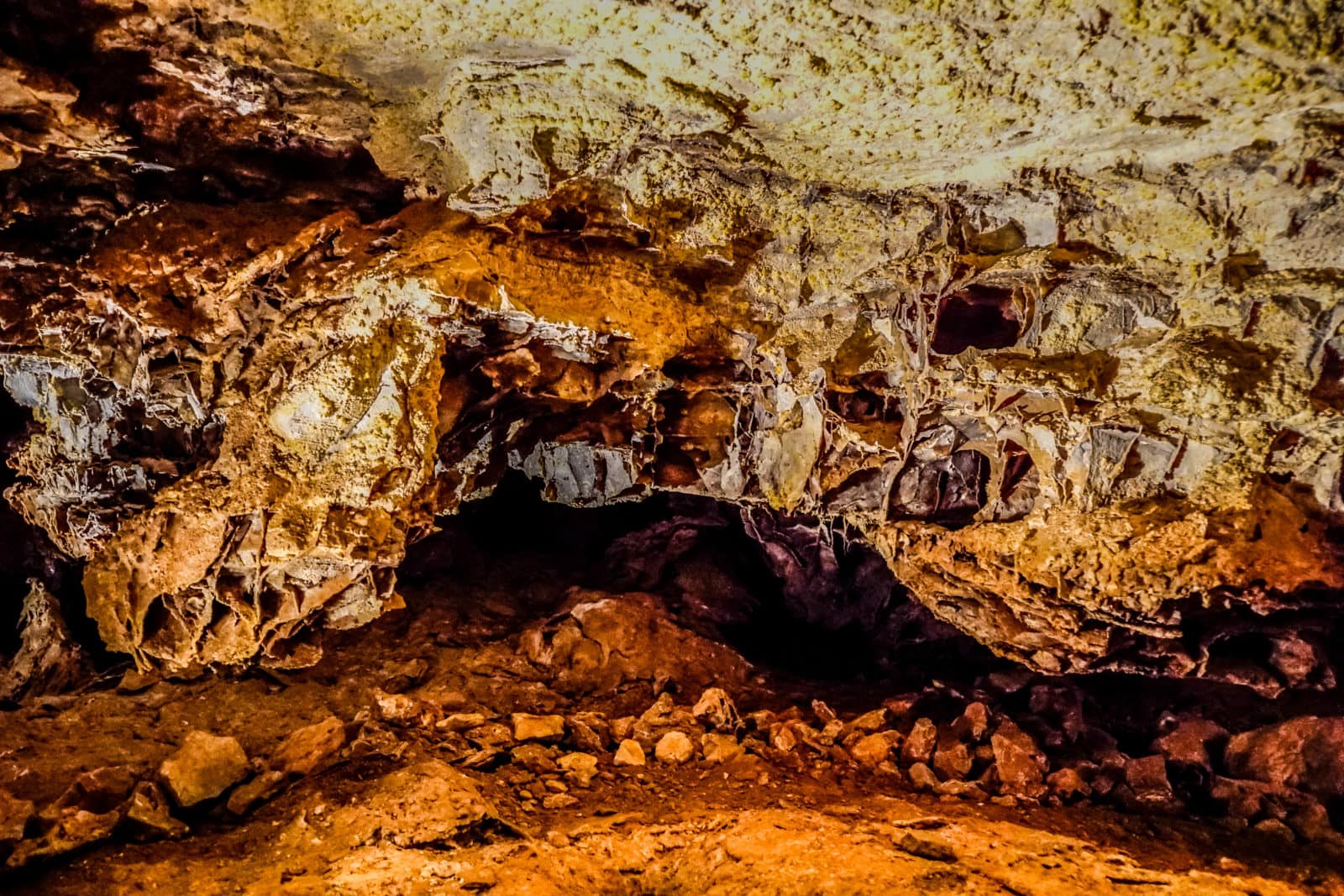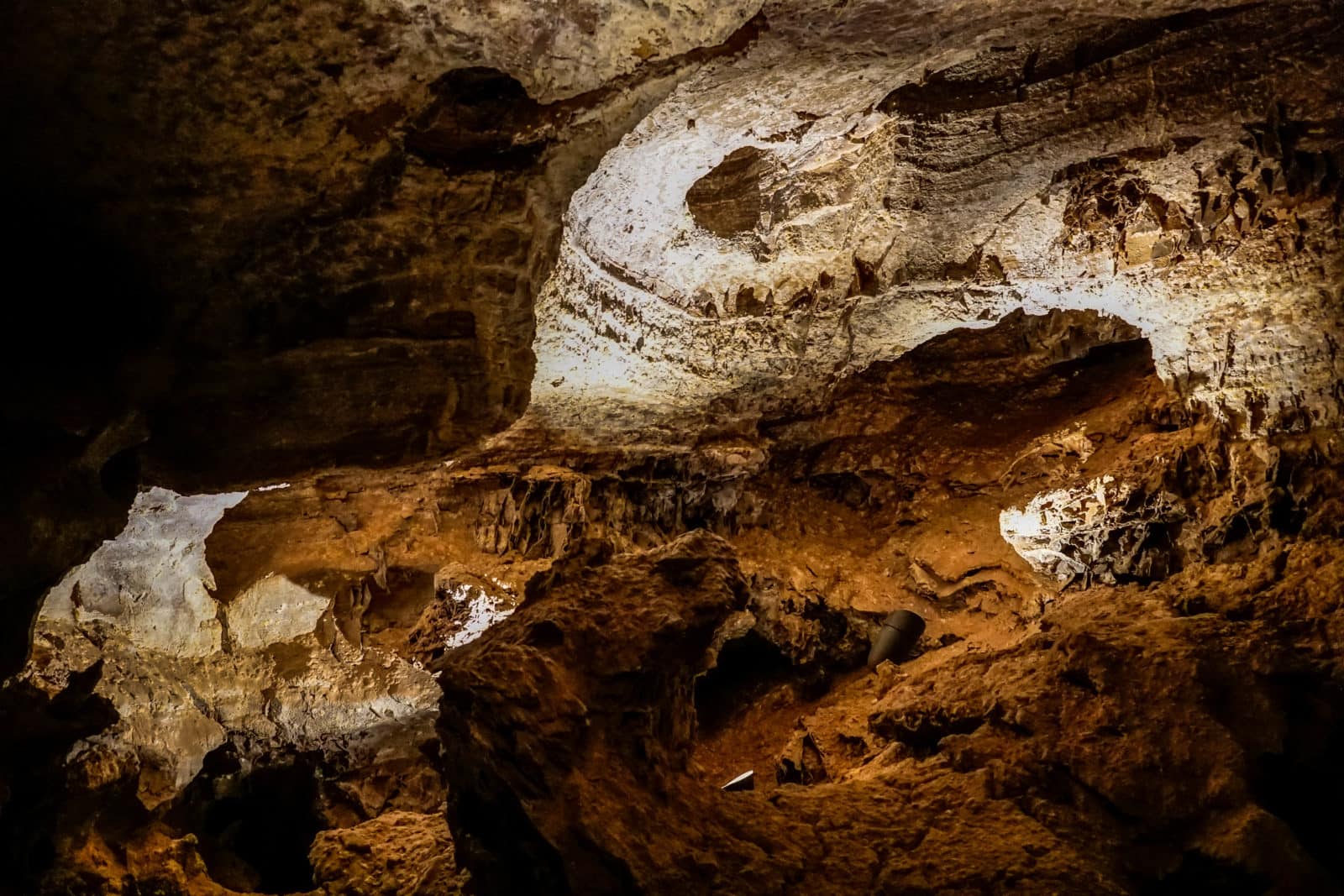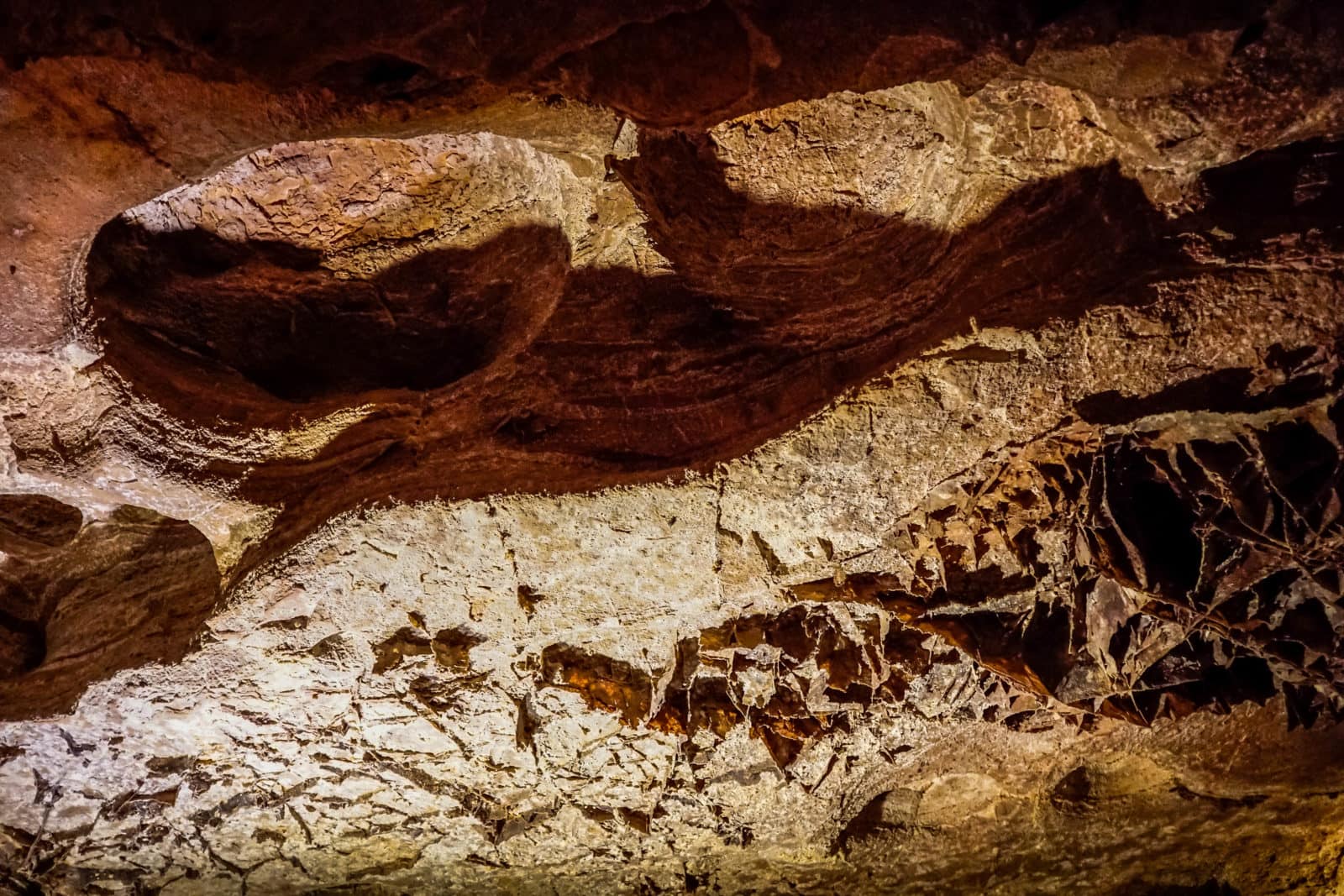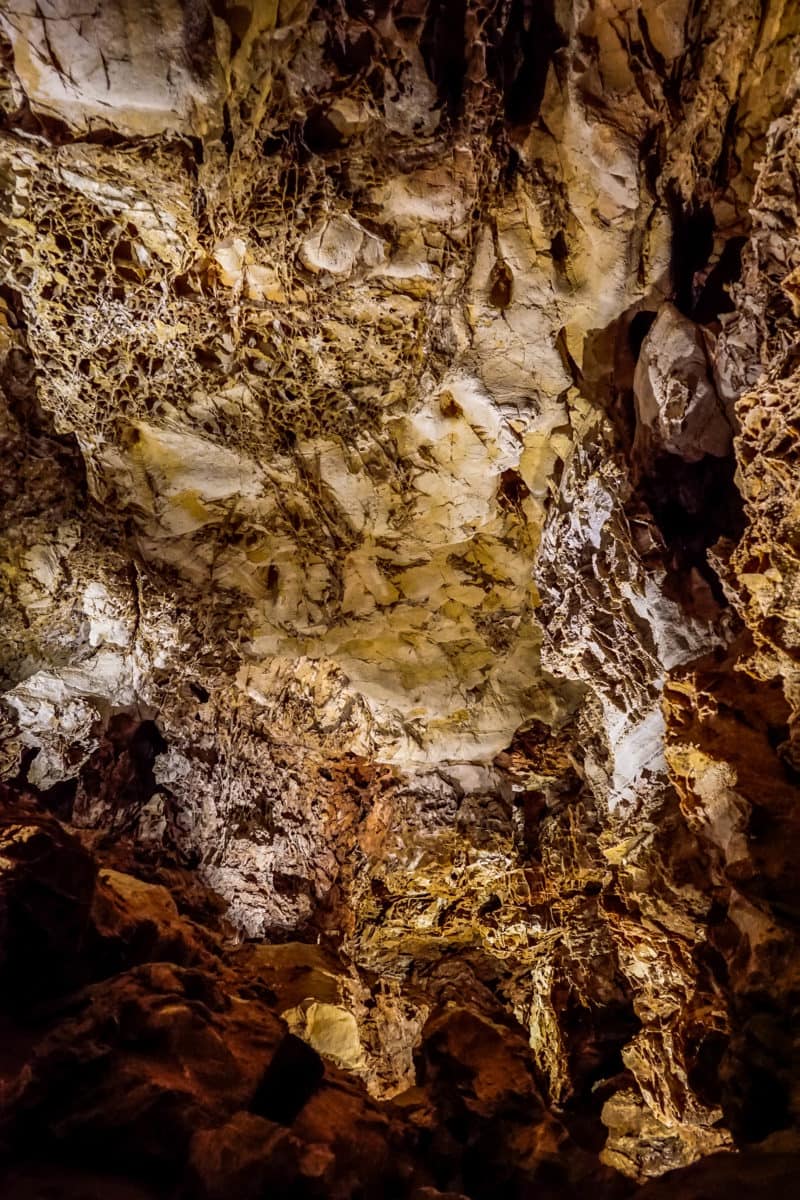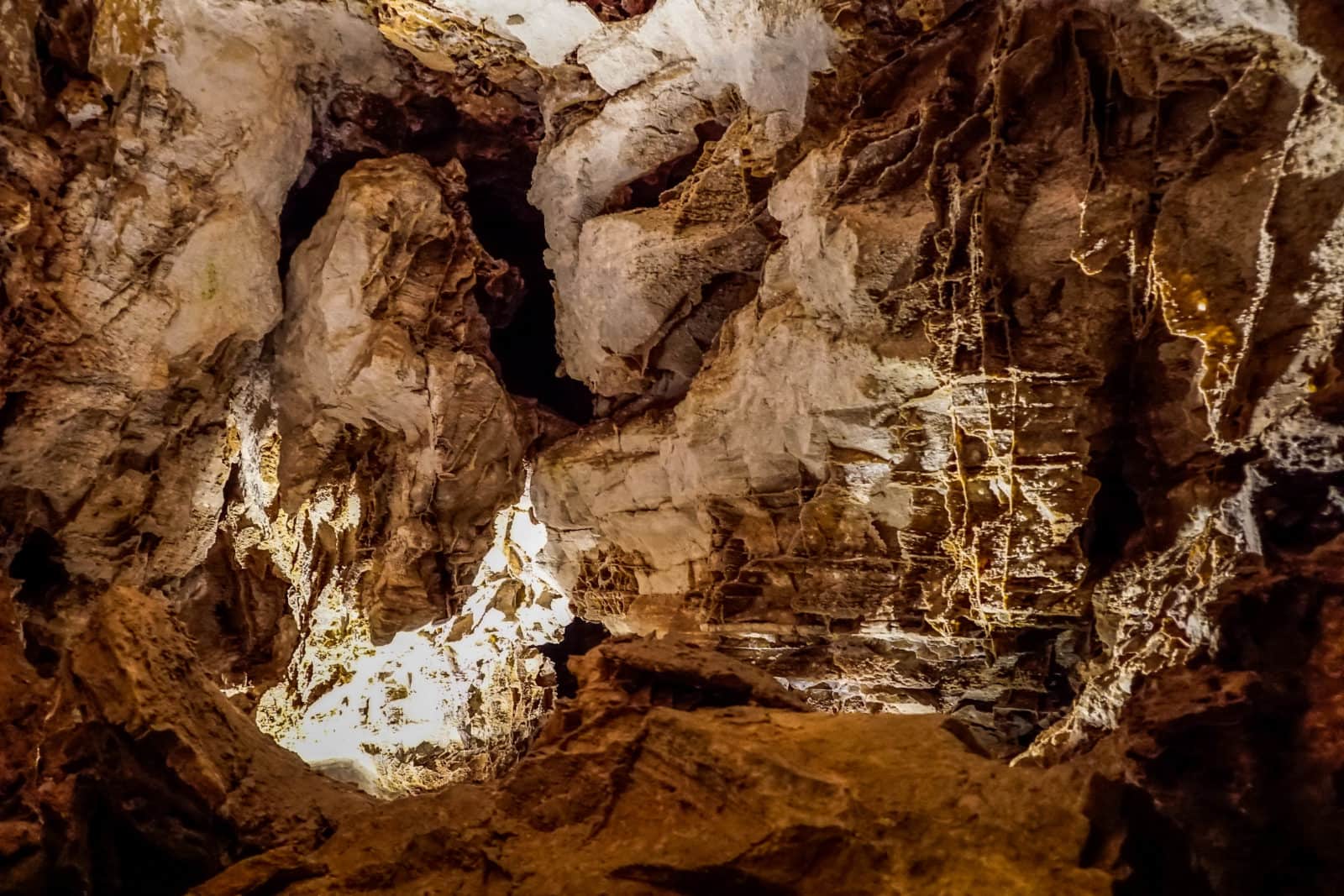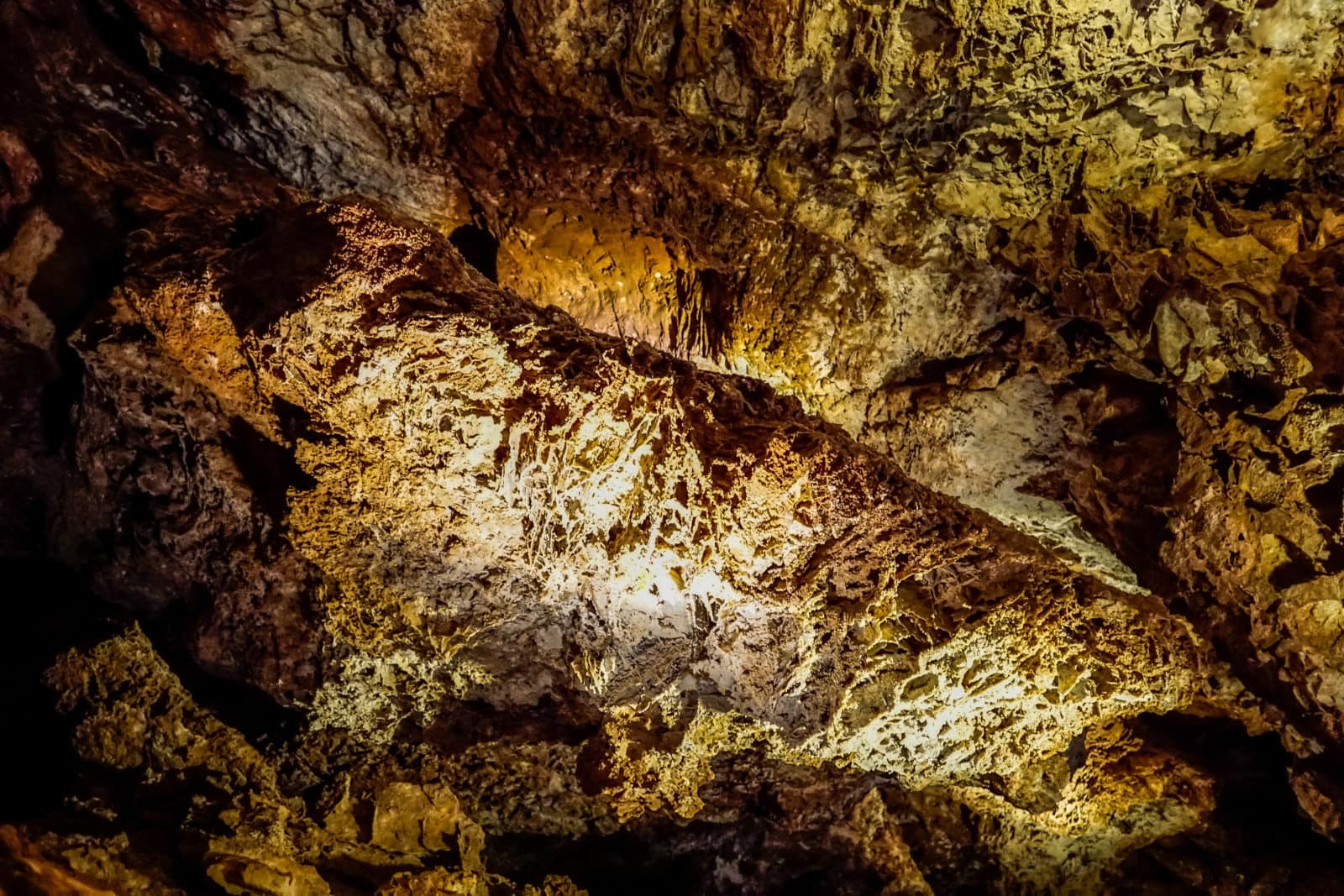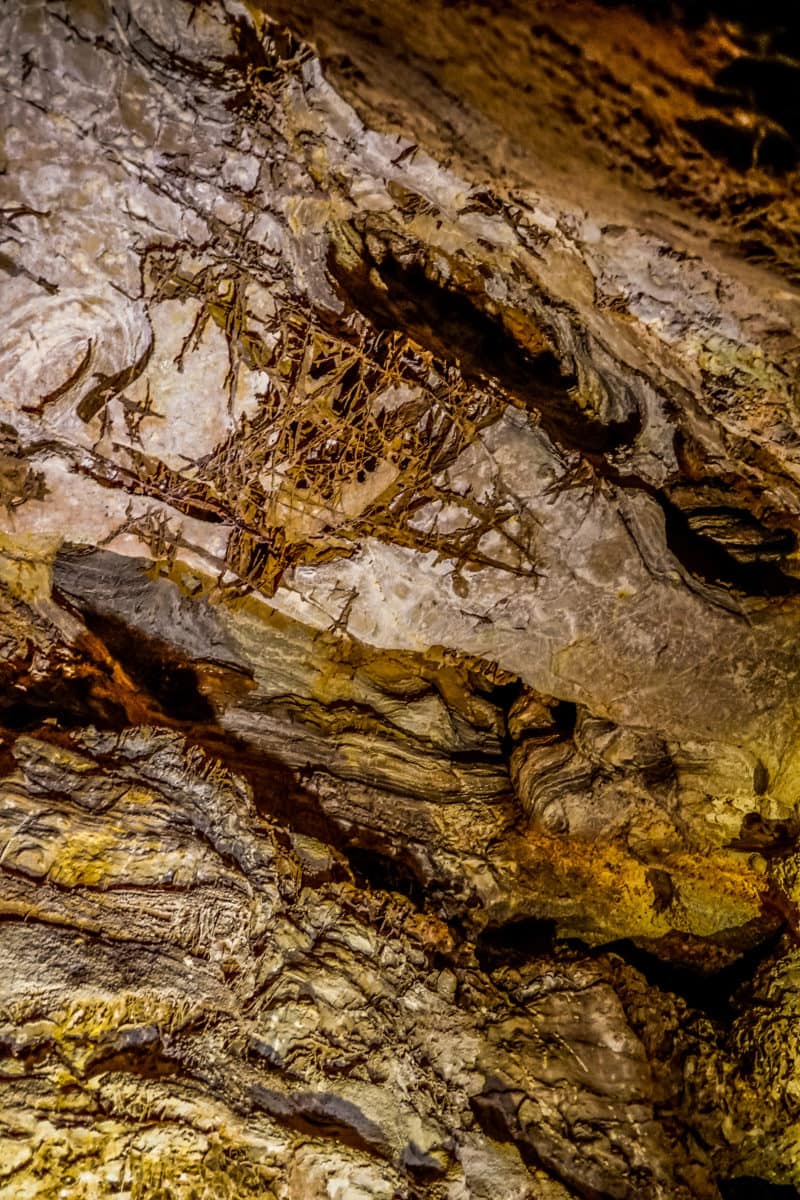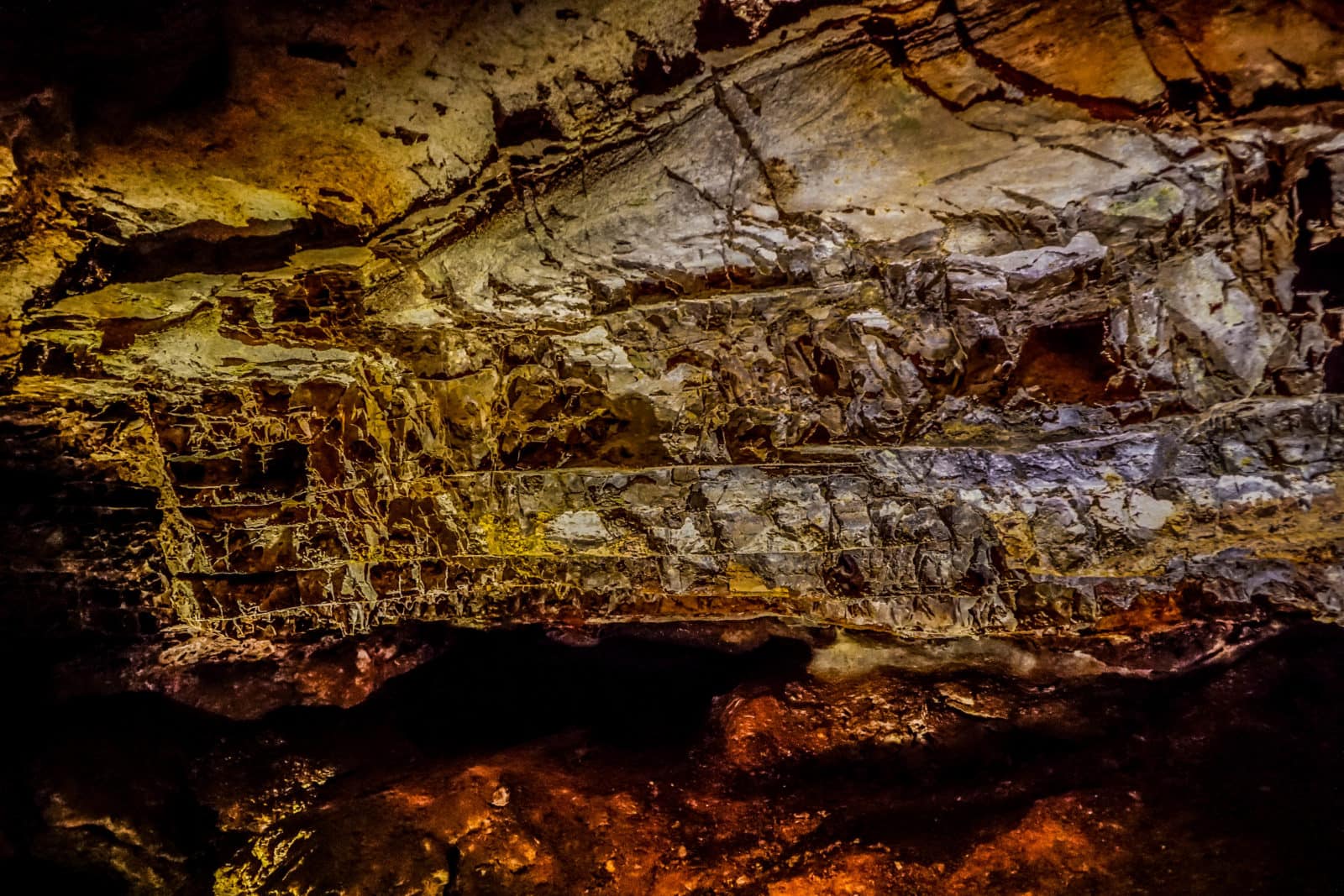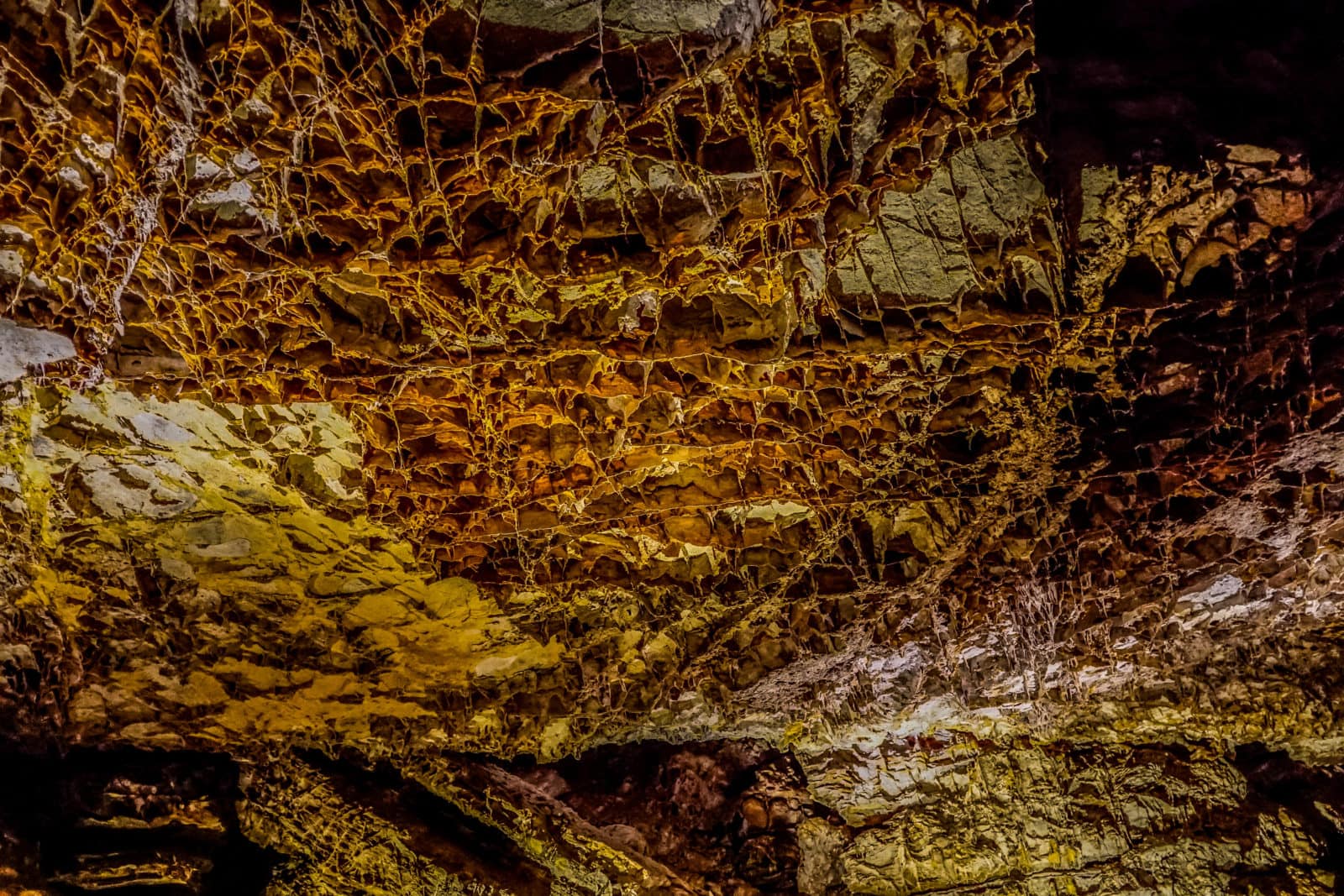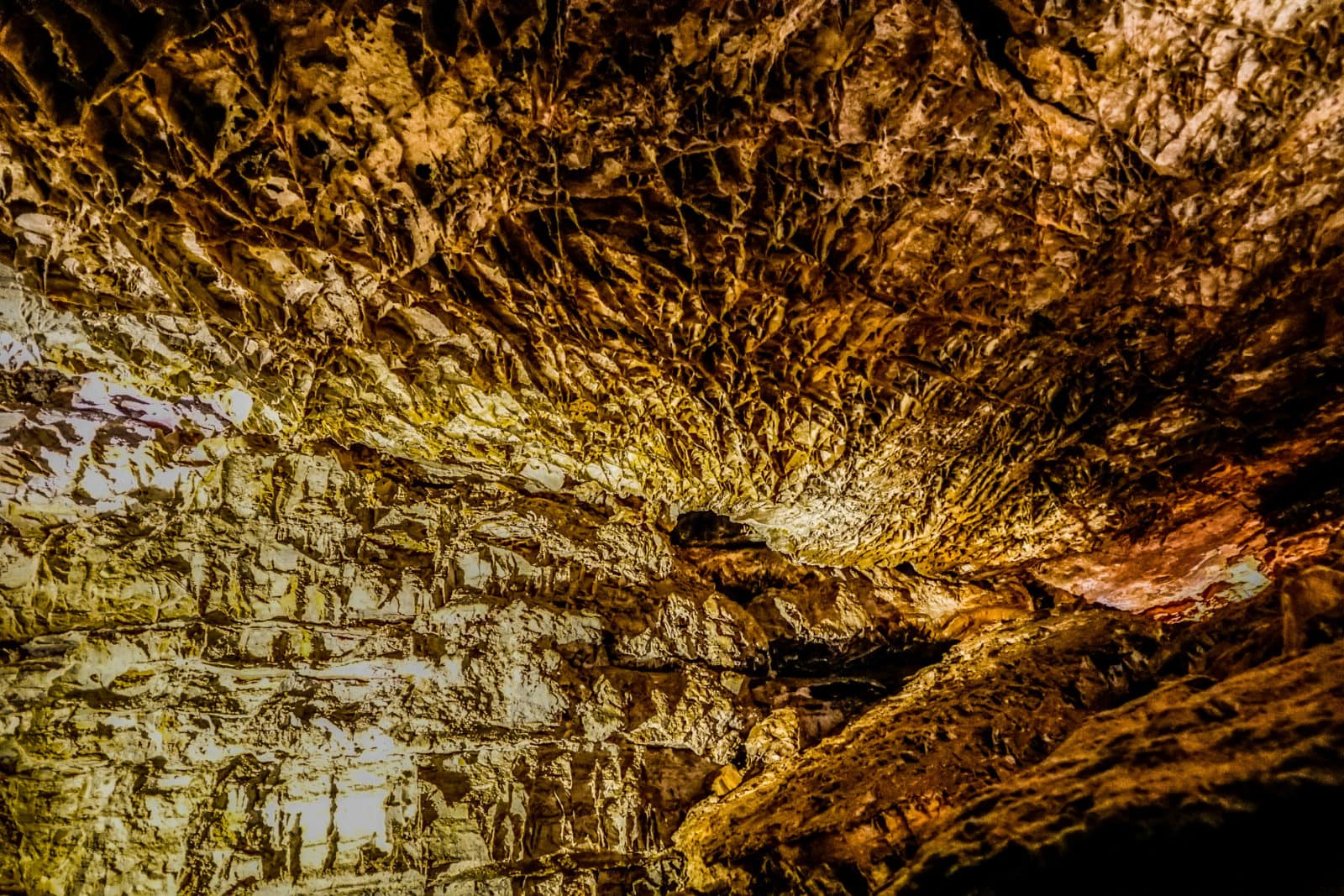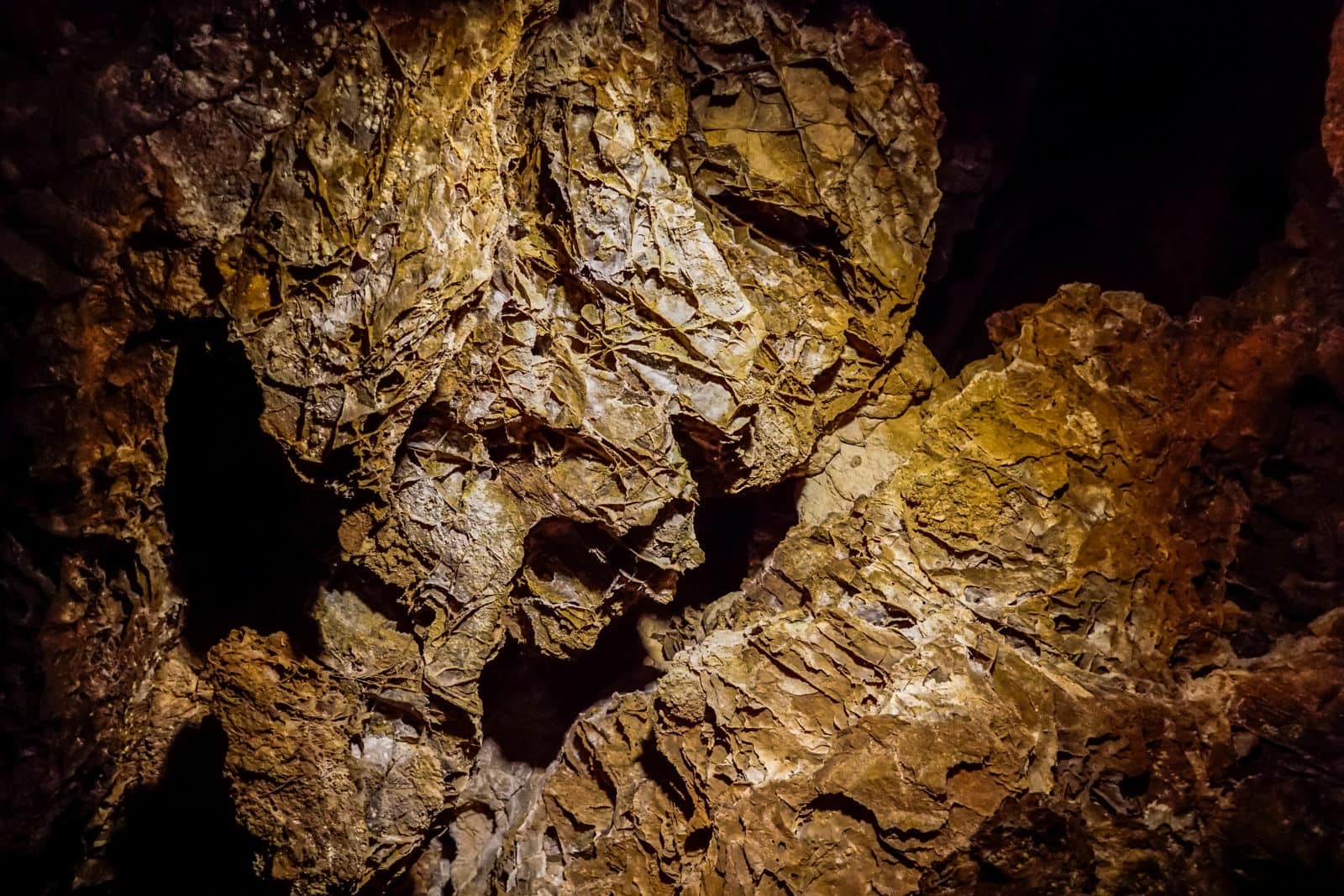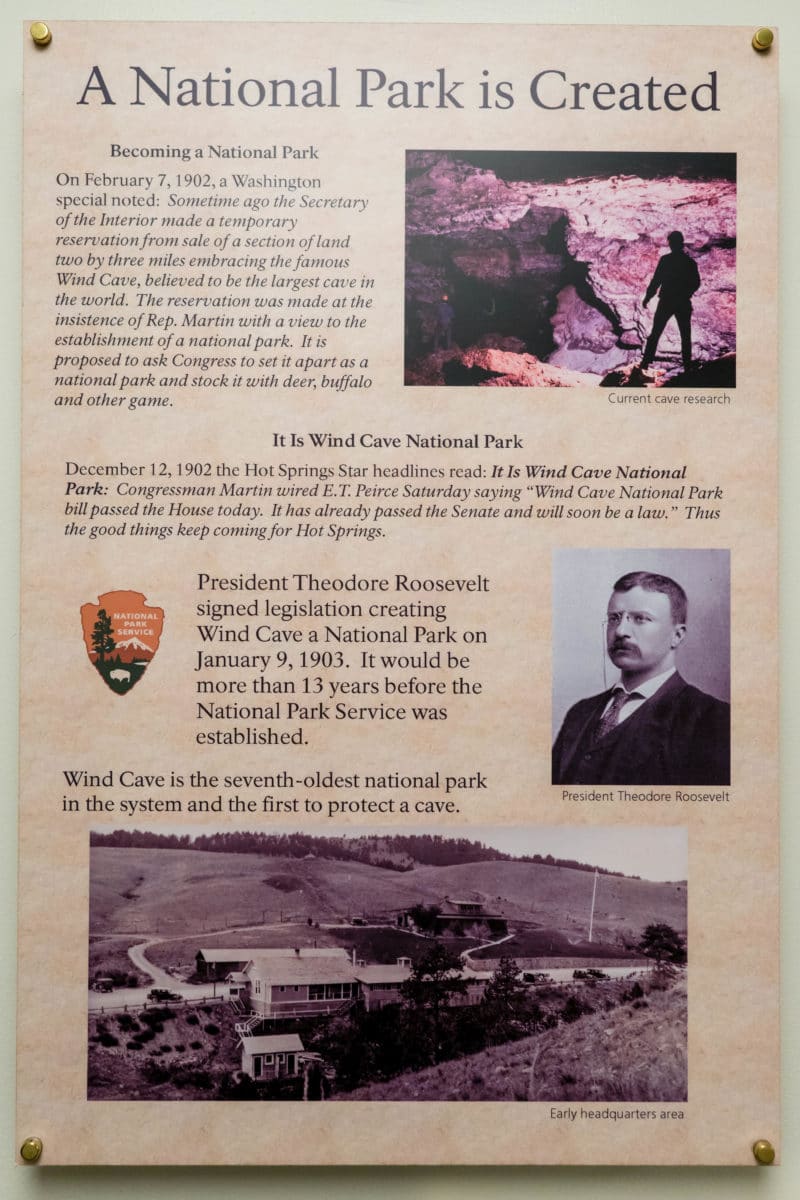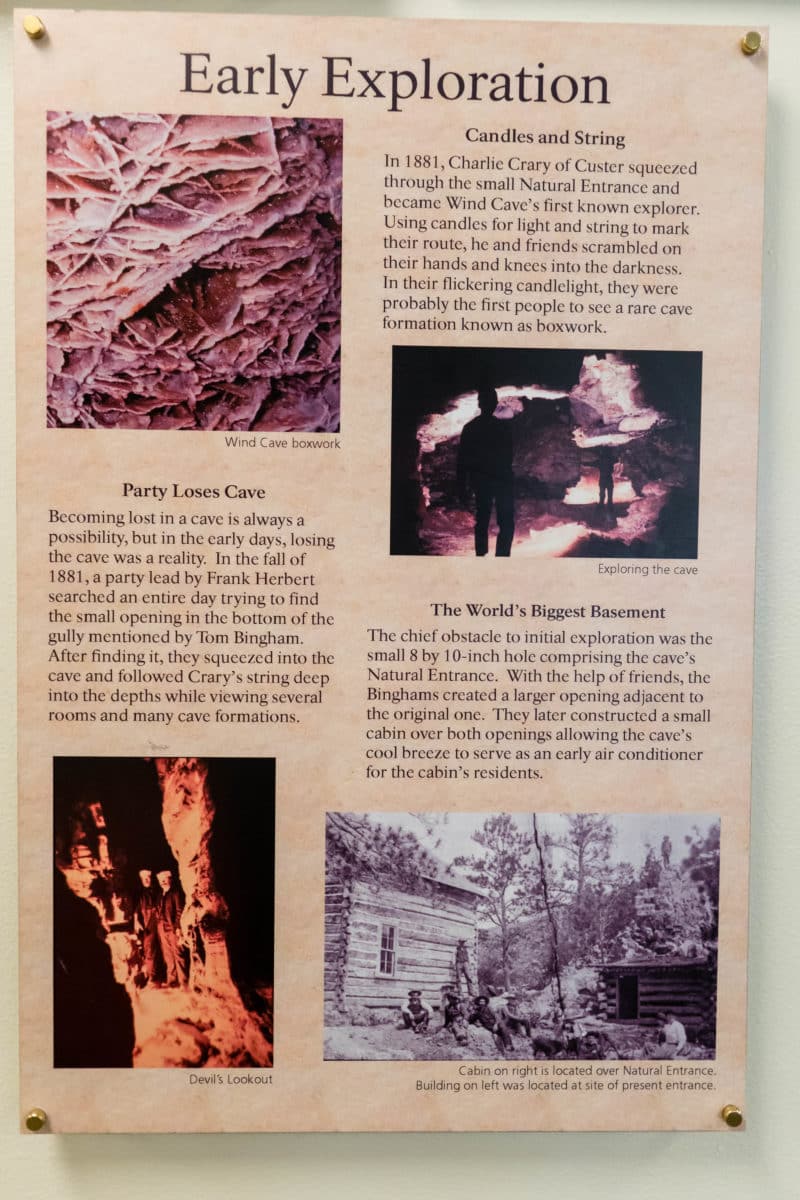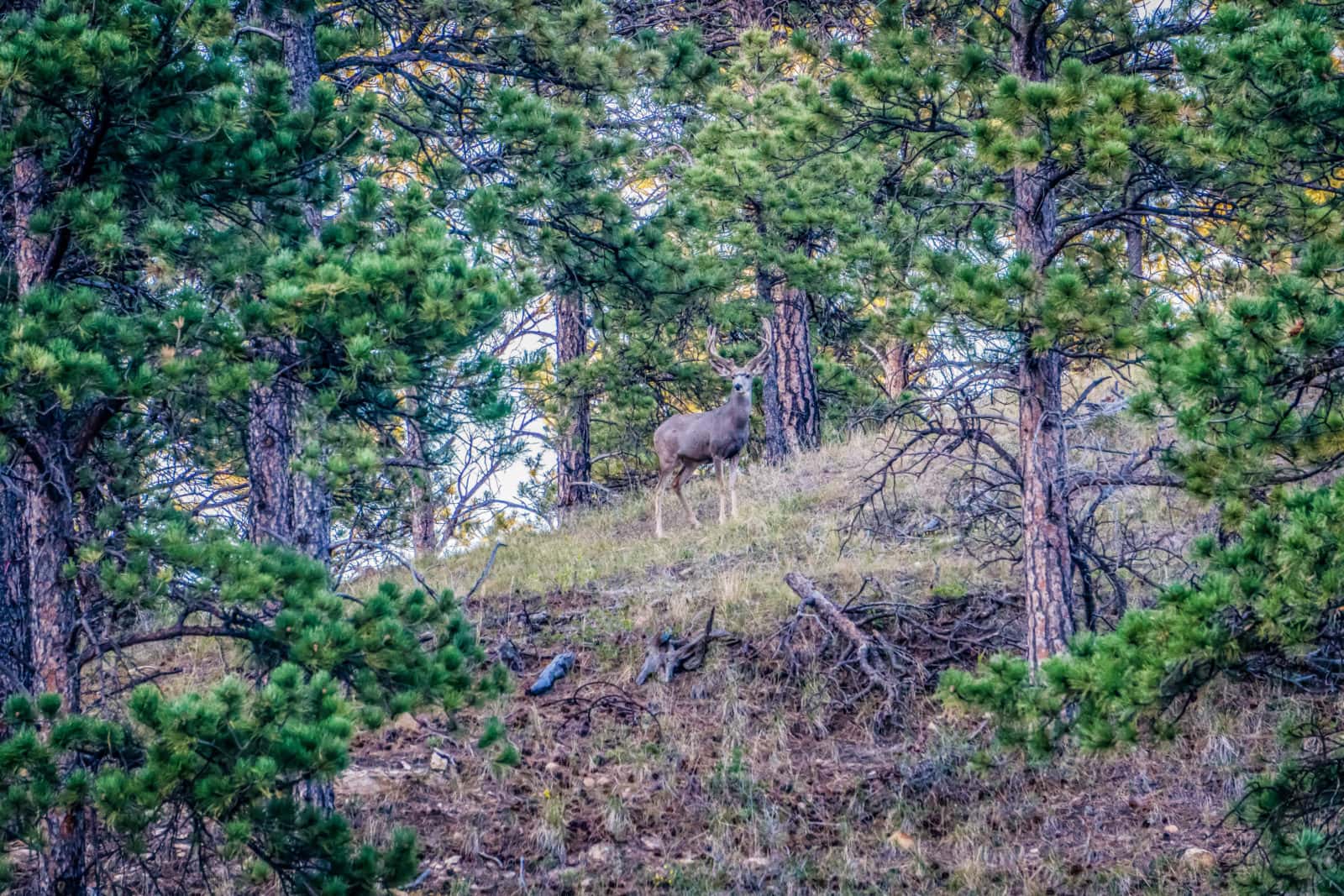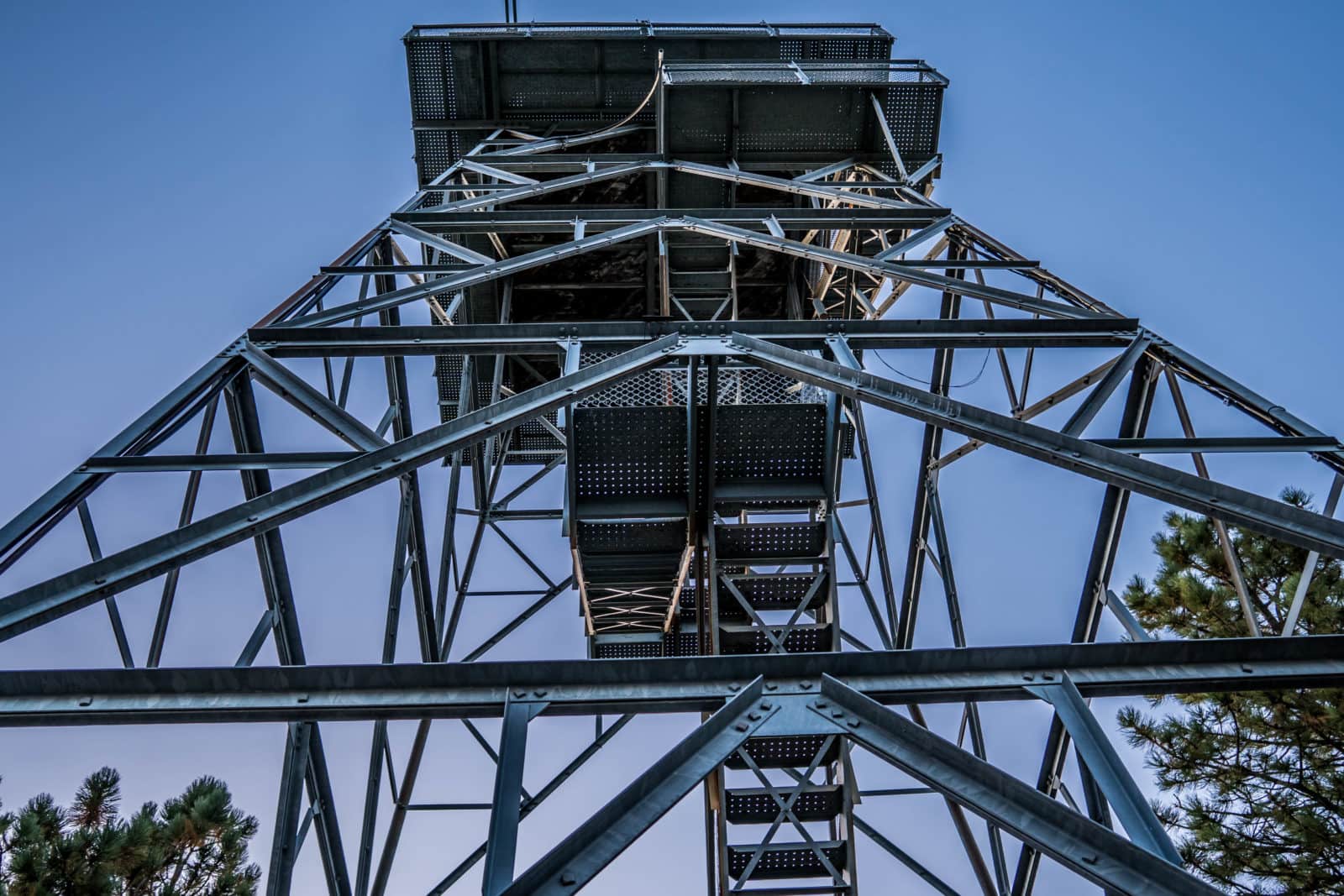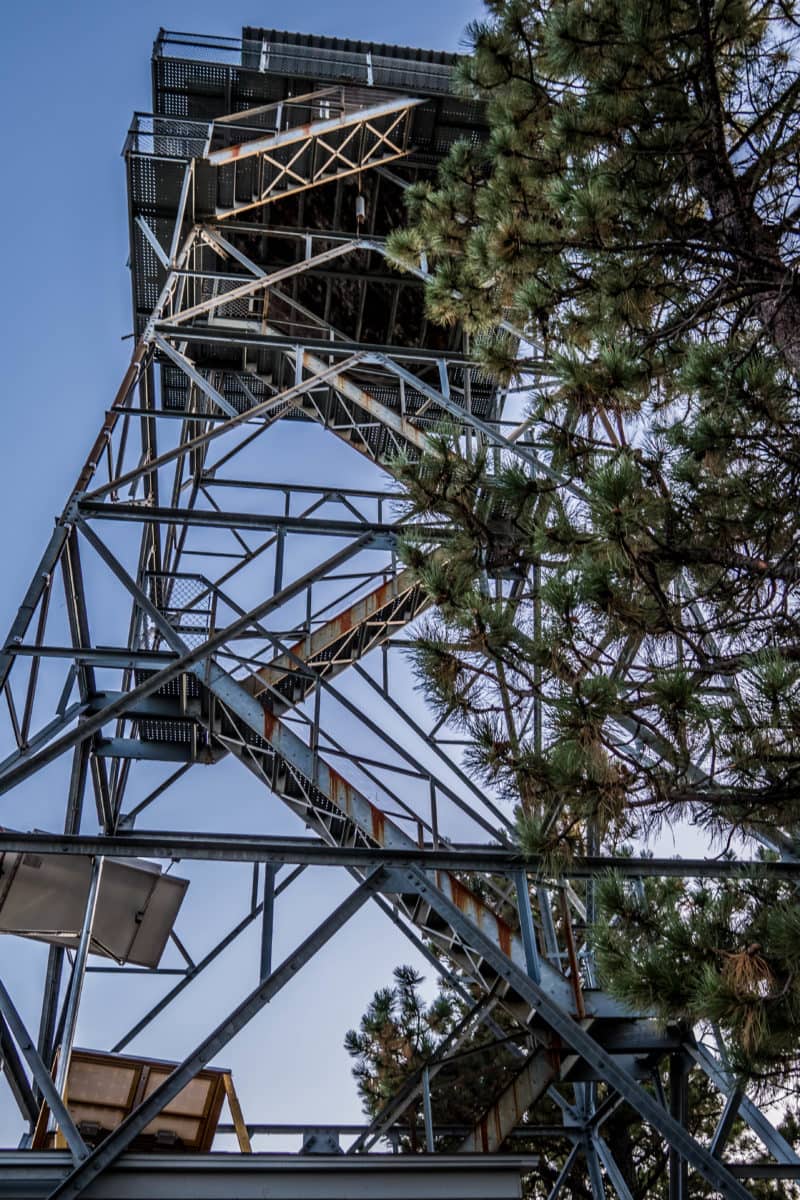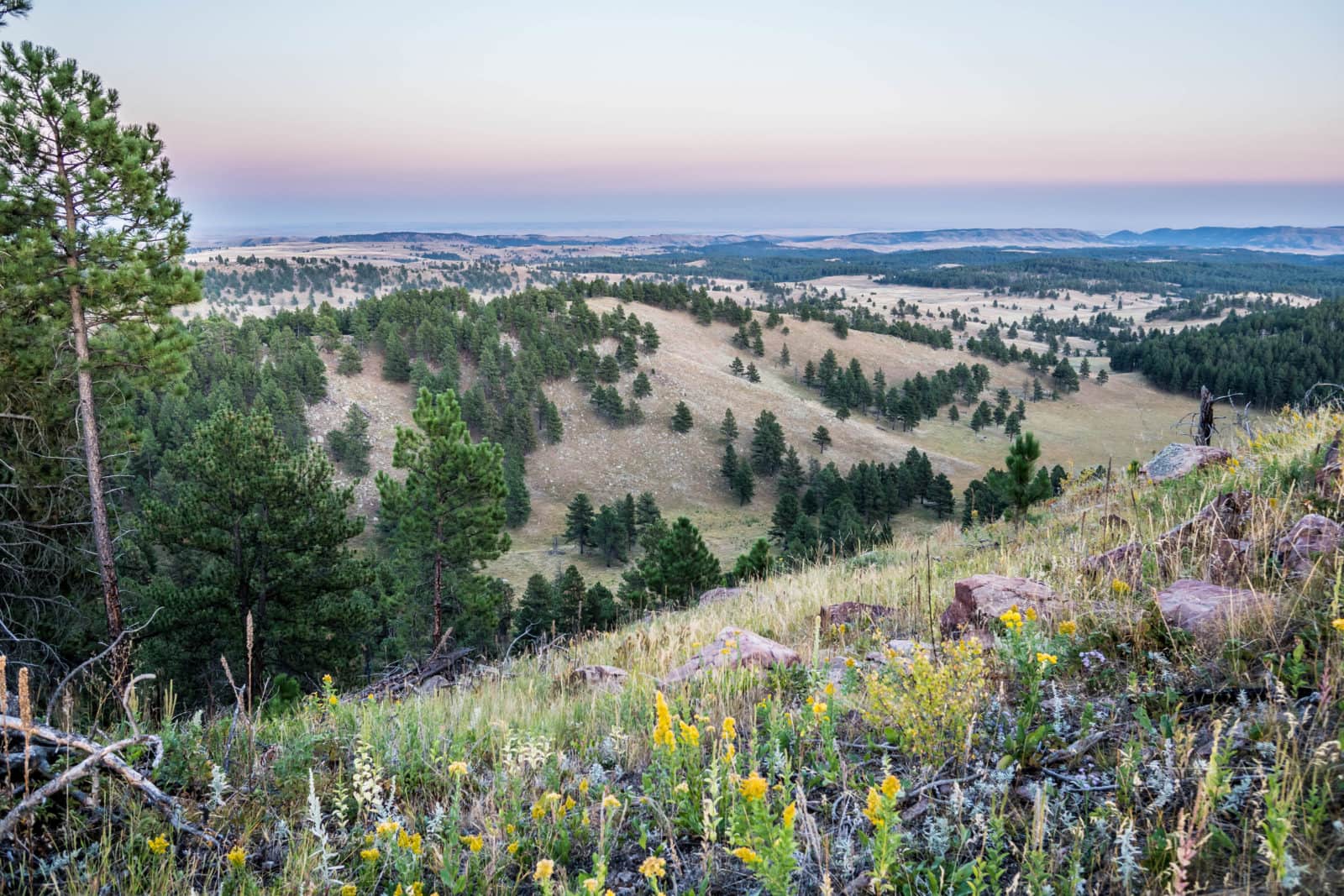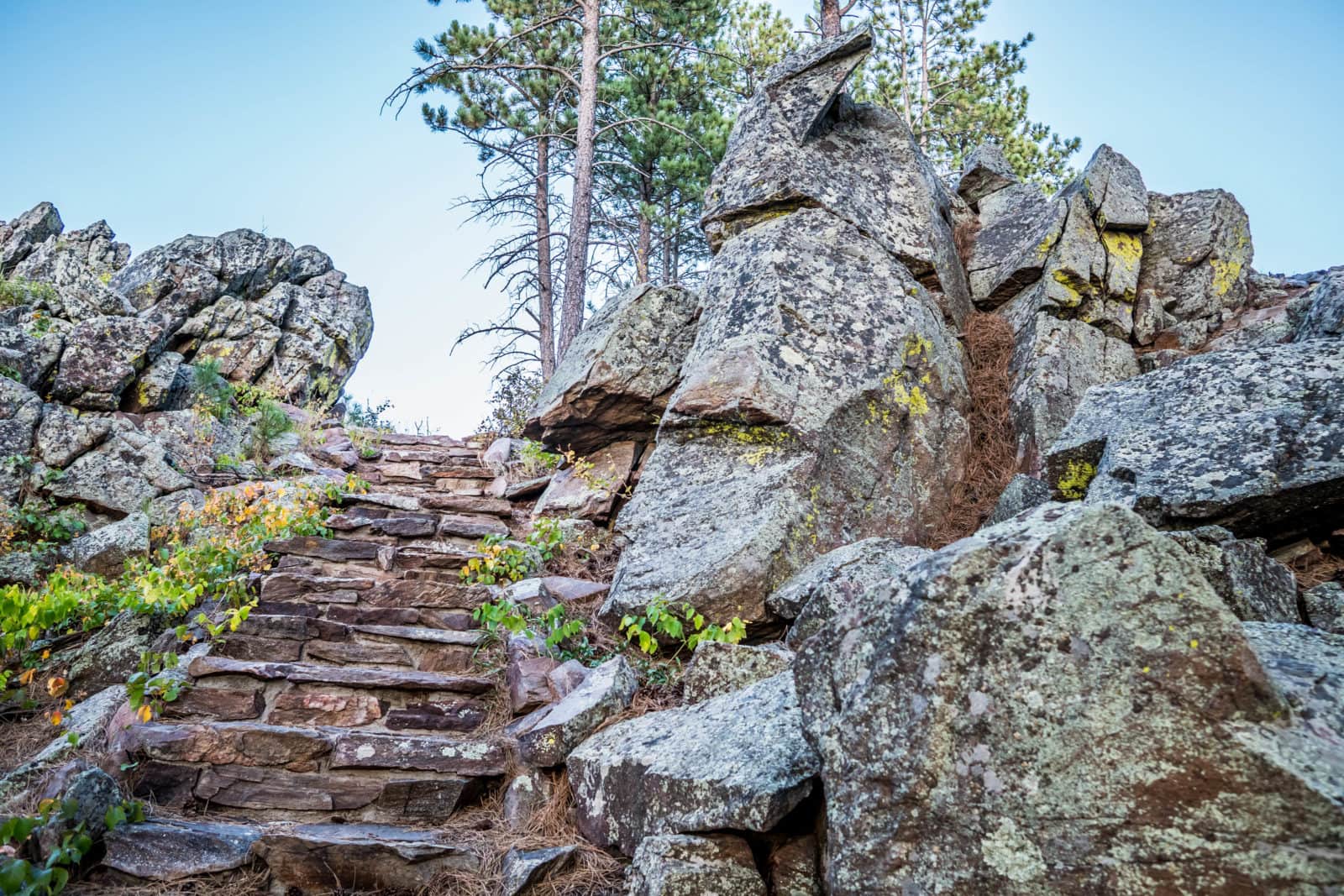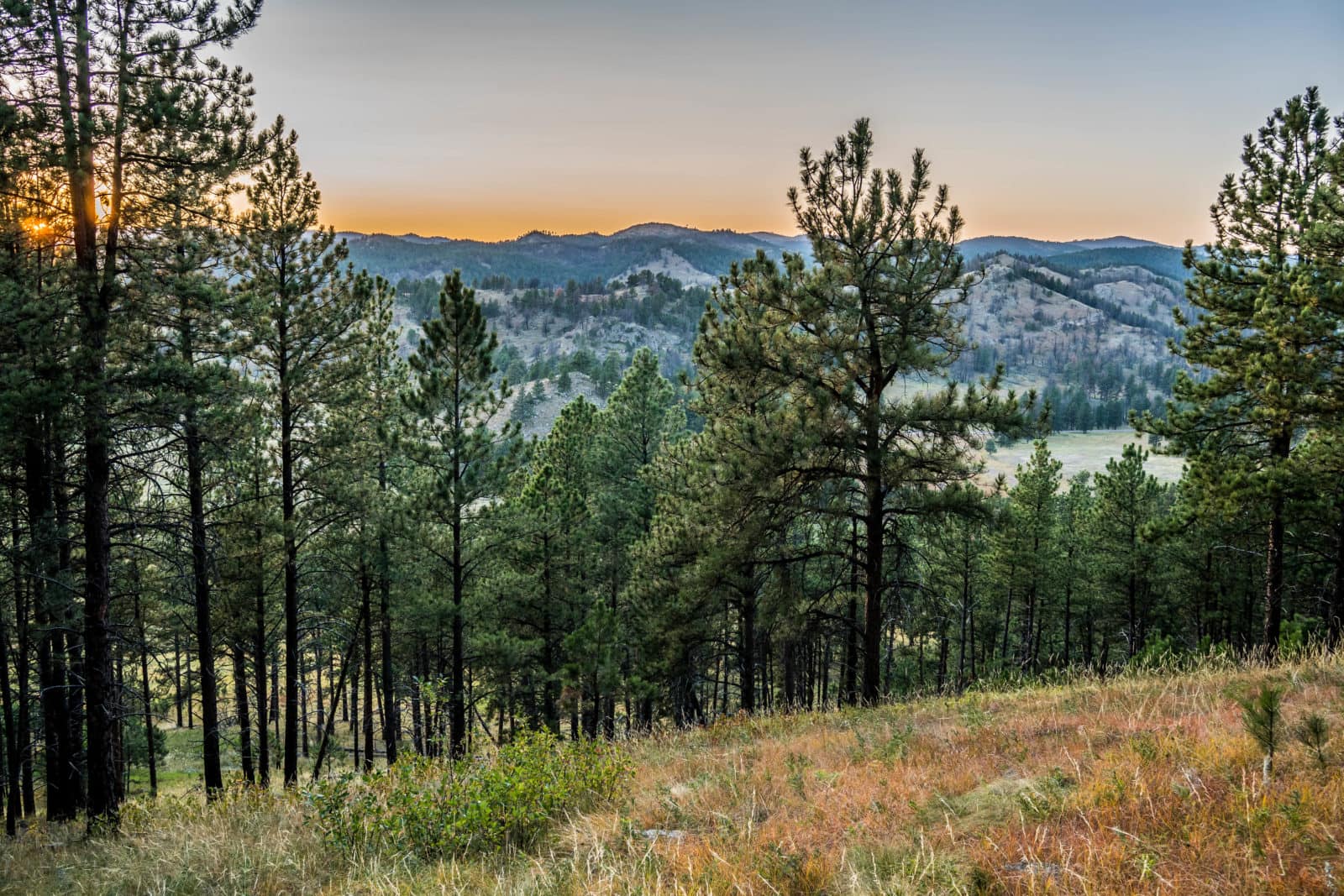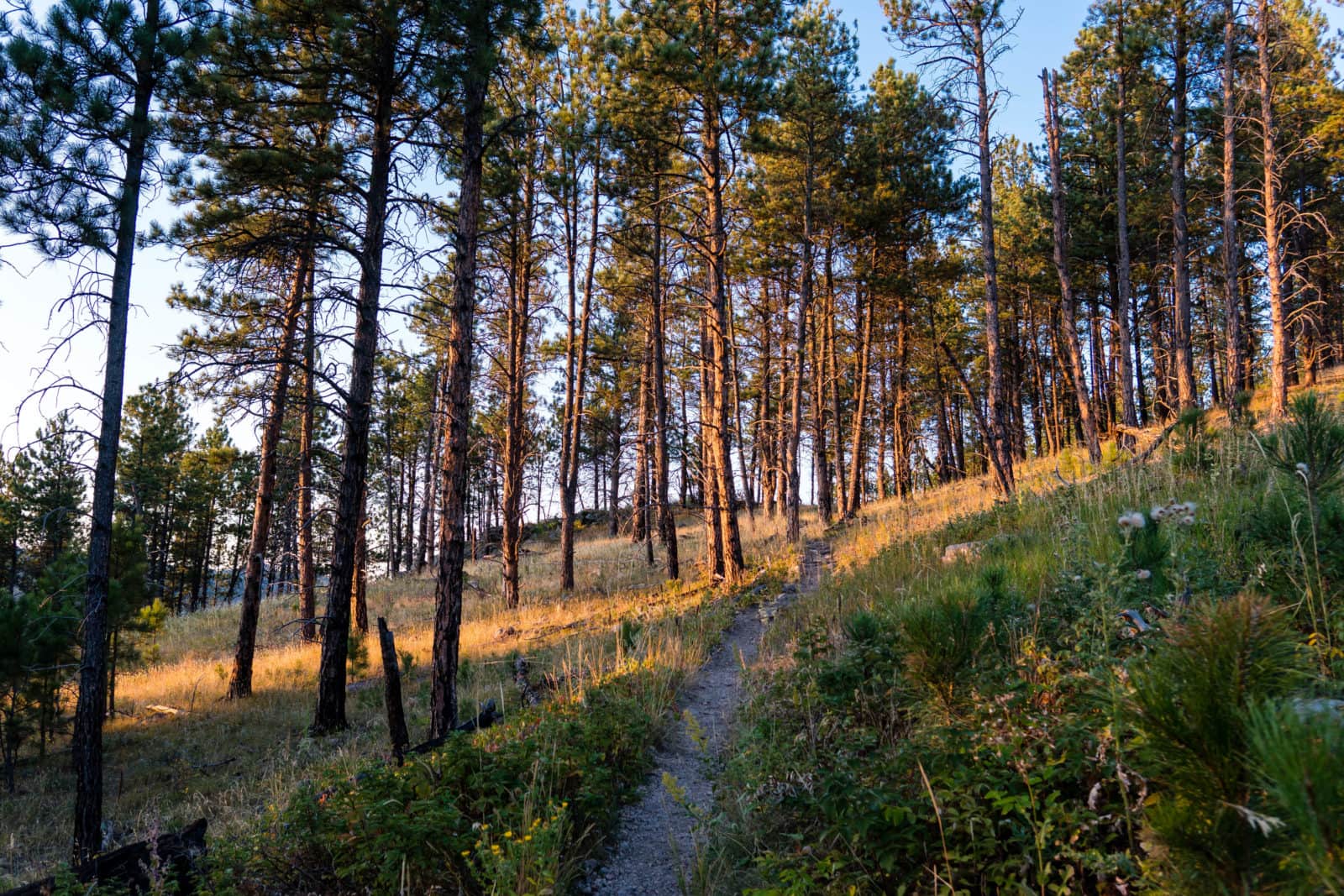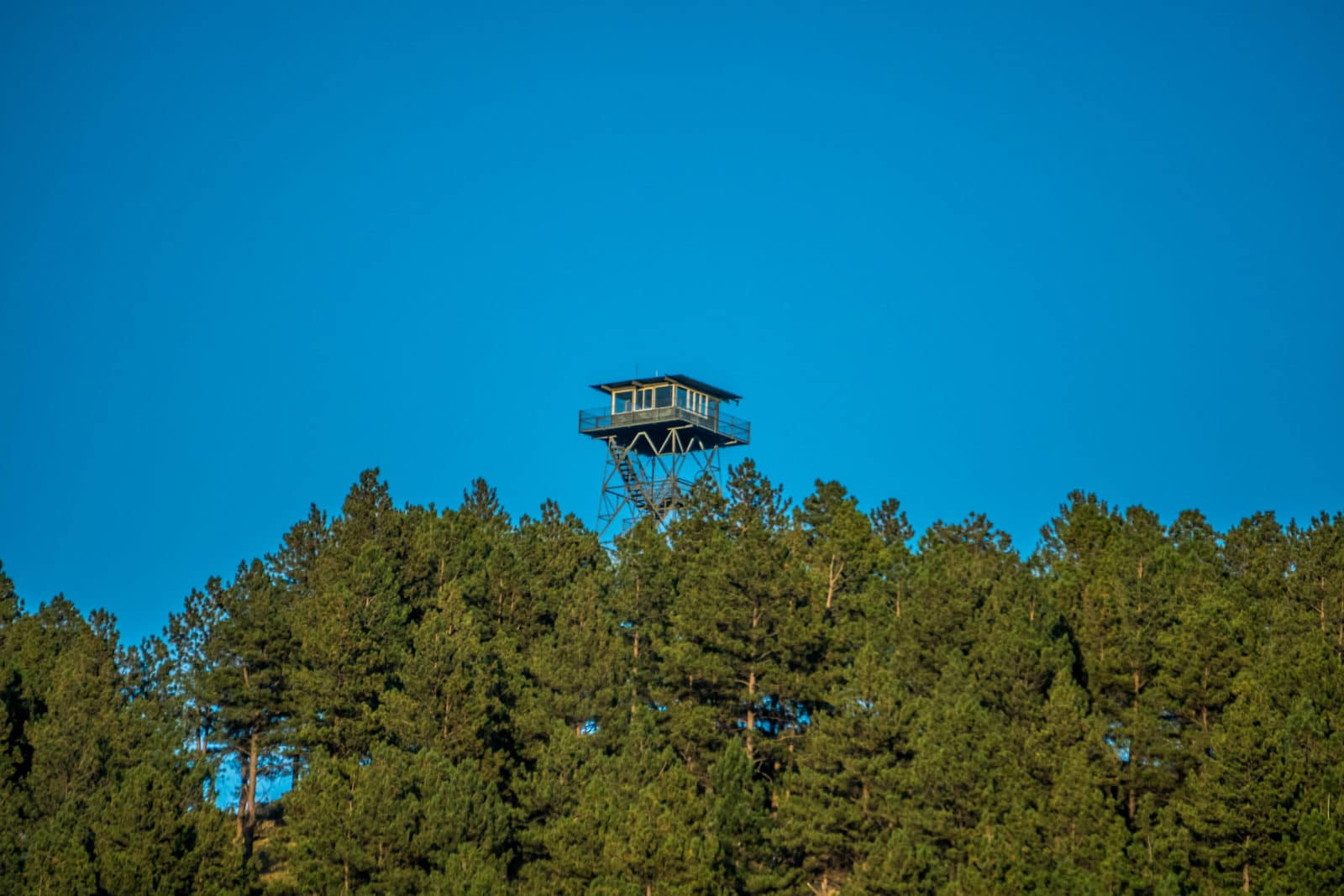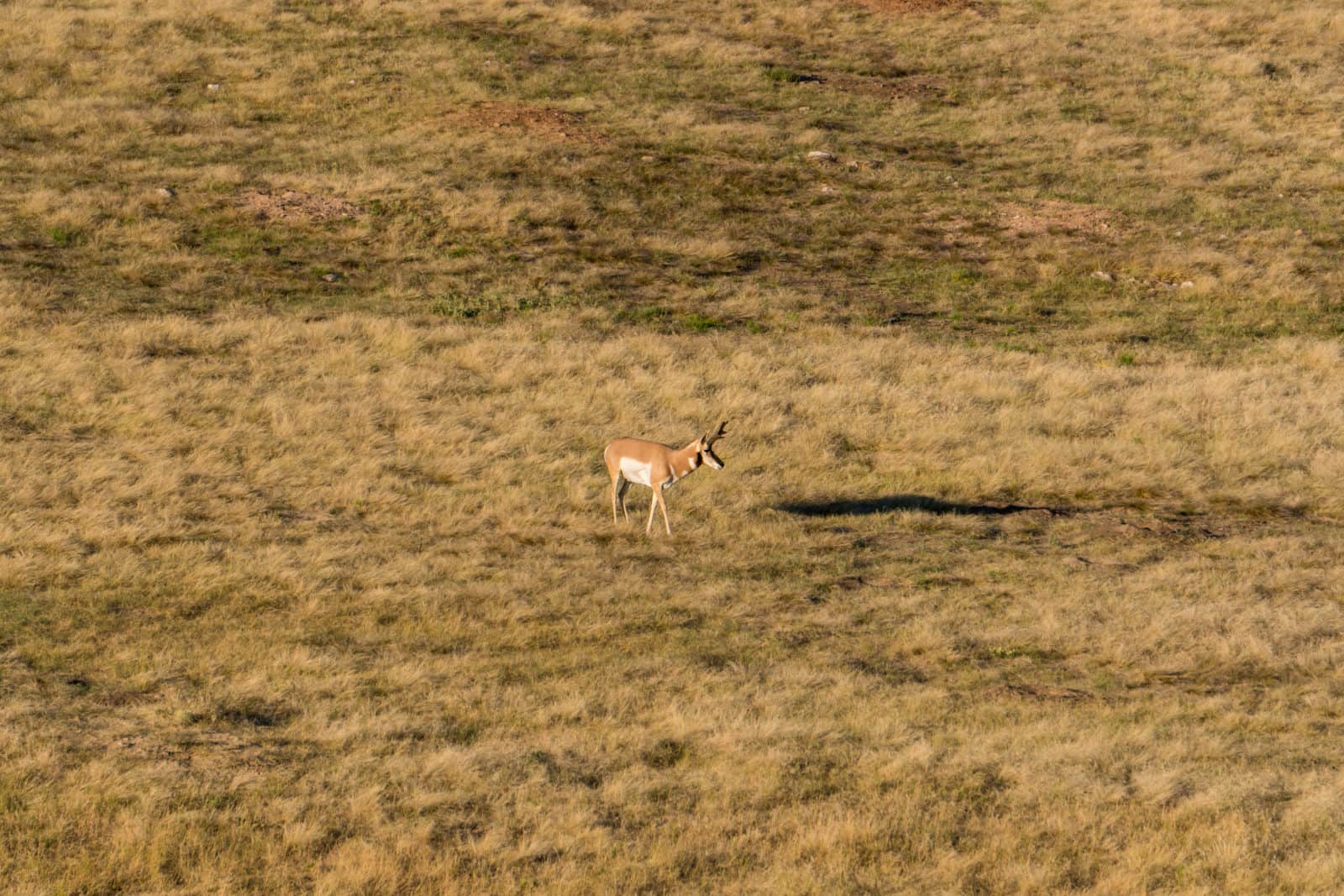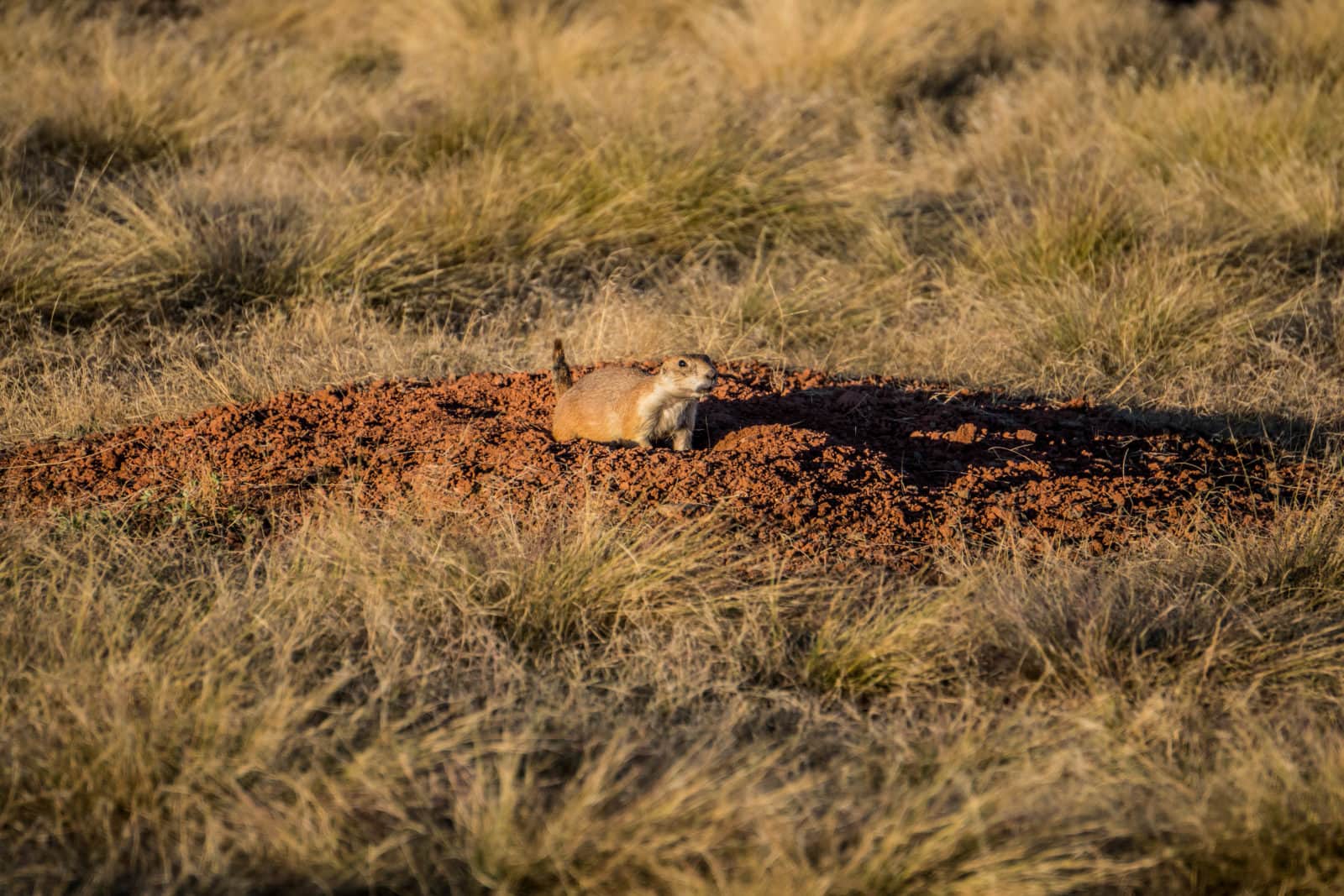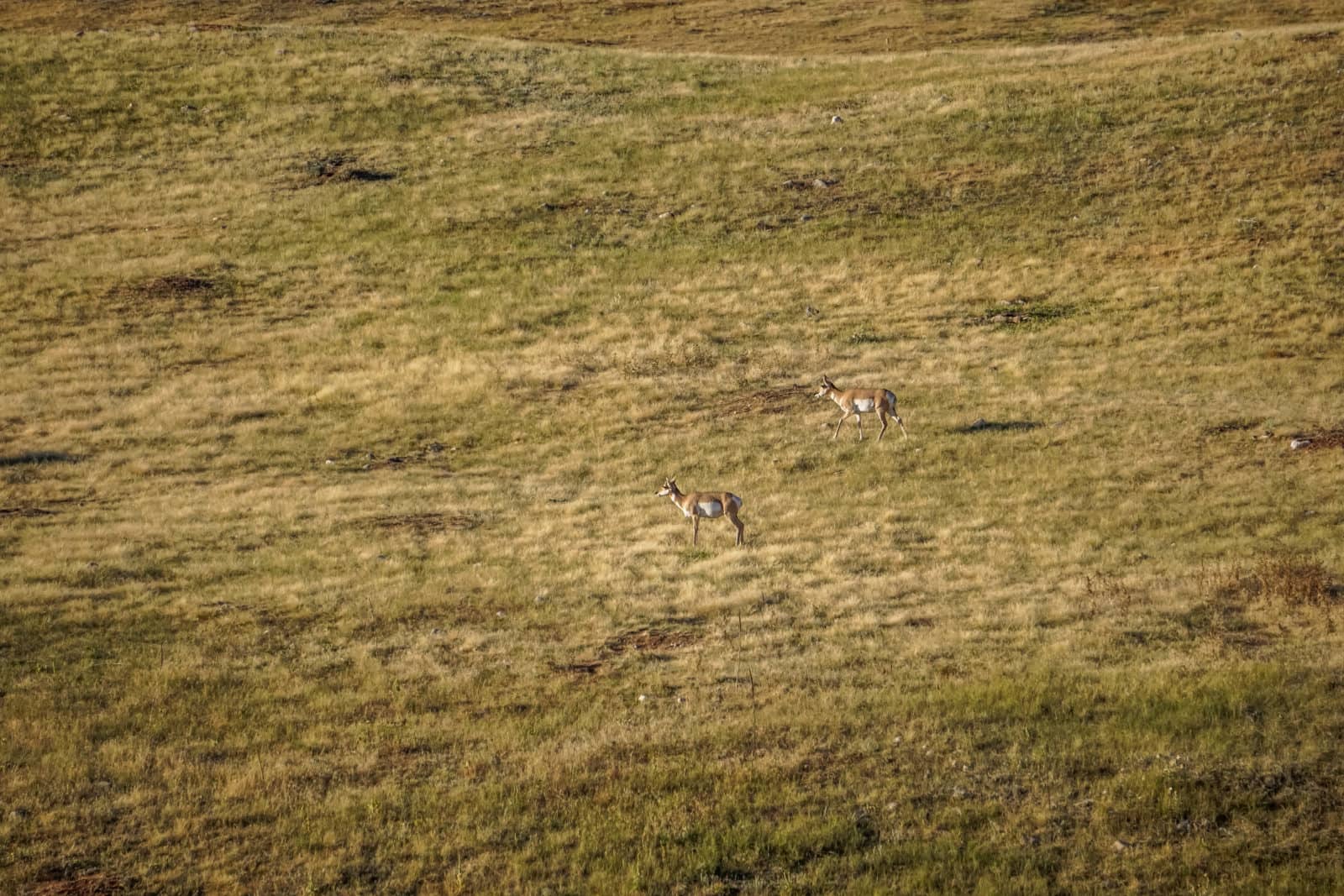After departing Badlands National Park in South Dakota on my trip to explore all of the National Parks, I made my way to Wind Cave National Park. The cave is considered a three-dimensional maze cave, recognized as the densest (greatest passage volume per cubic mile) cave system in the world. The cave is currently the sixth-longest in the world with 140.47 miles (226.06 km) of explored cave passageways.
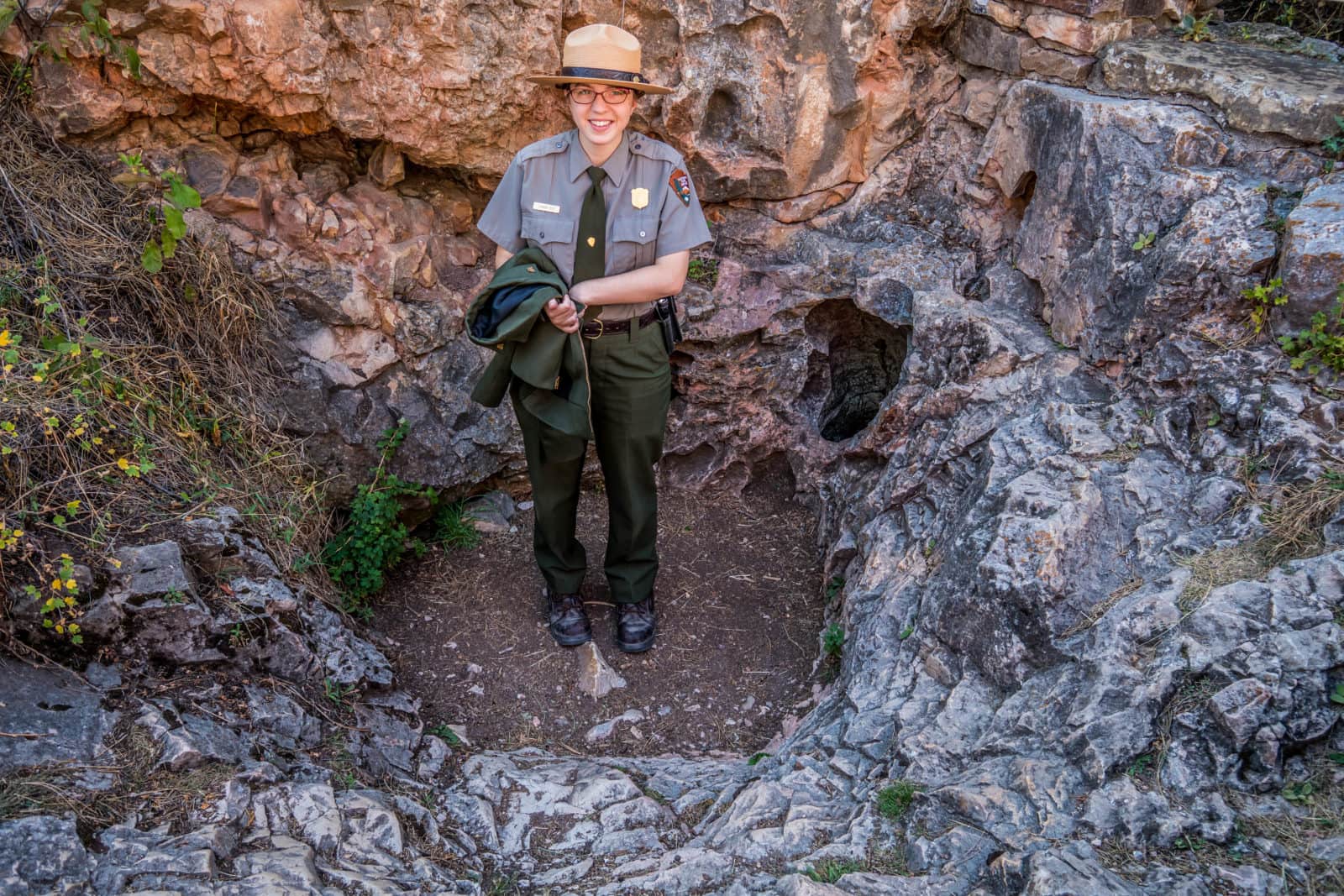
Wind Cave National Park was established in 1903 by President Theodore Roosevelt, and was the seventh U.S. National Park and the first cave to be designated a national park anywhere in the world.
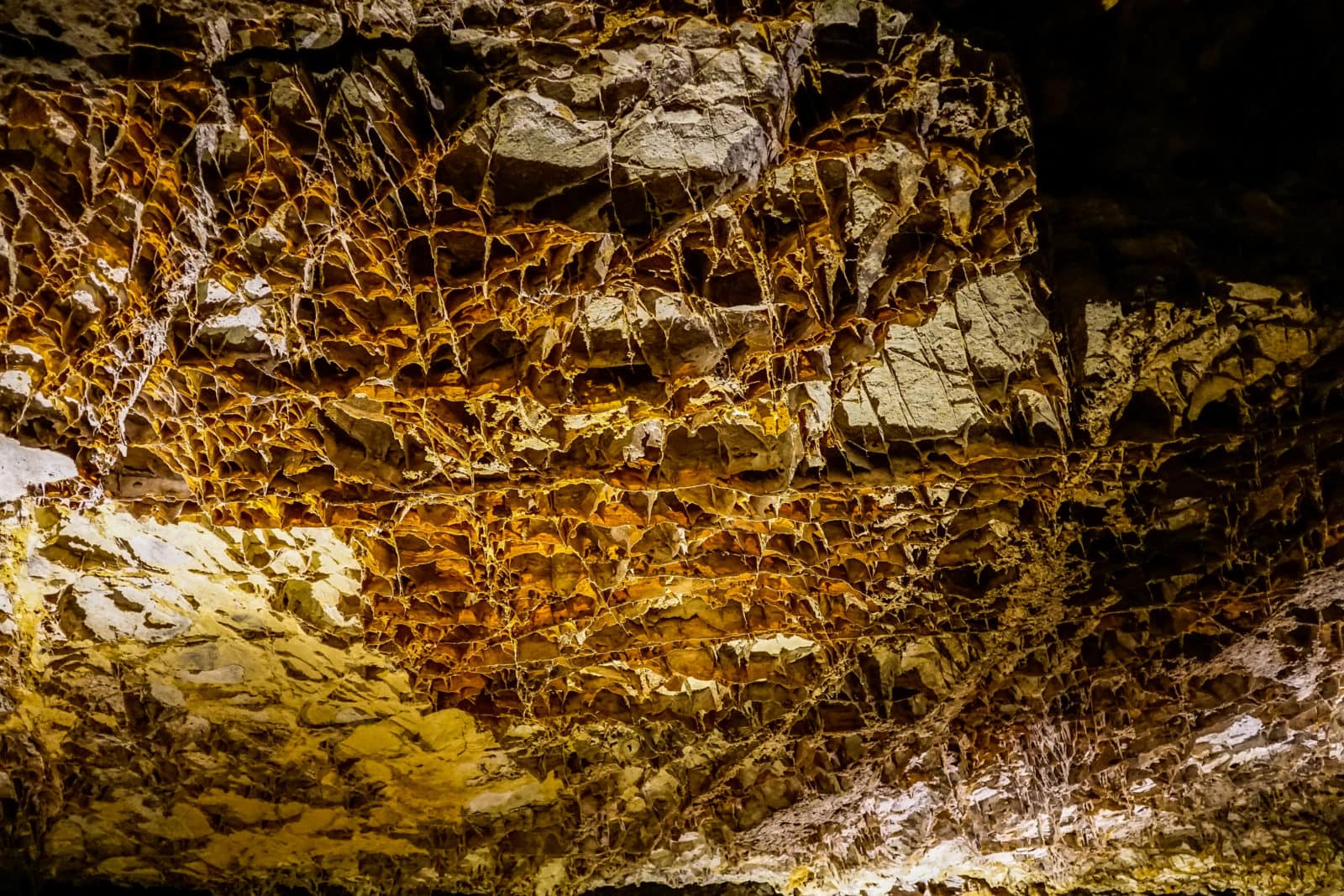
The cave is notable for its rare calcite formations known as boxwork. Approximately 95 percent of the world’s discovered boxwork formations are found in Wind Cave.
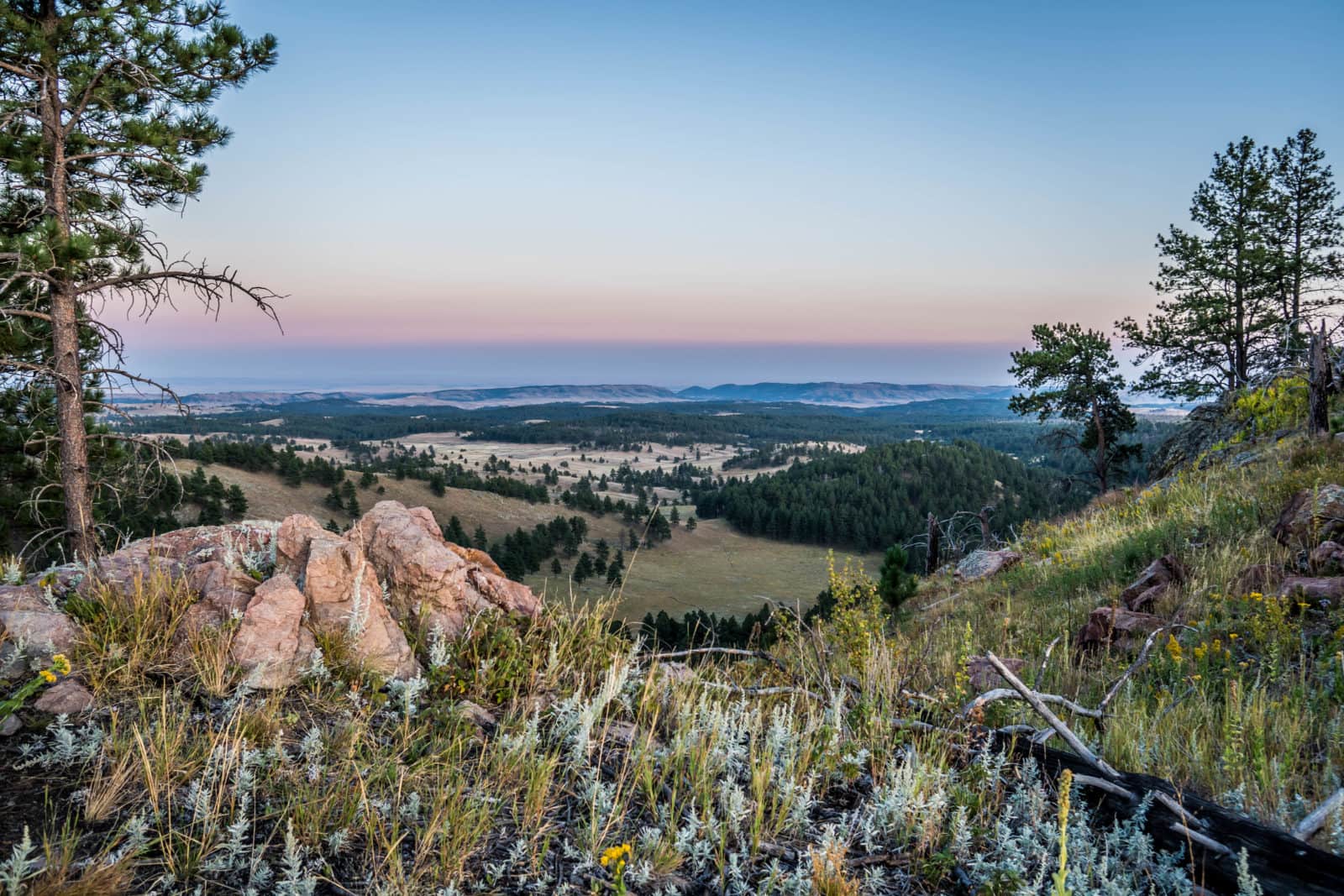
Above ground, the park includes the largest remaining natural mixed-grass prairie in the United States. Sadly, just days after I departed Wind Cave, lightning struck the park and ignited a wildfire on September 11th 2017. As of today, the fire has burned 1,000 acres, or approximately 1.5 square miles. The fire tower in my photos (below) is literally engulfed in flames as I type this. The fire is at zero percent containment as of today, and the number of acres burned was expected to grow. 😔
